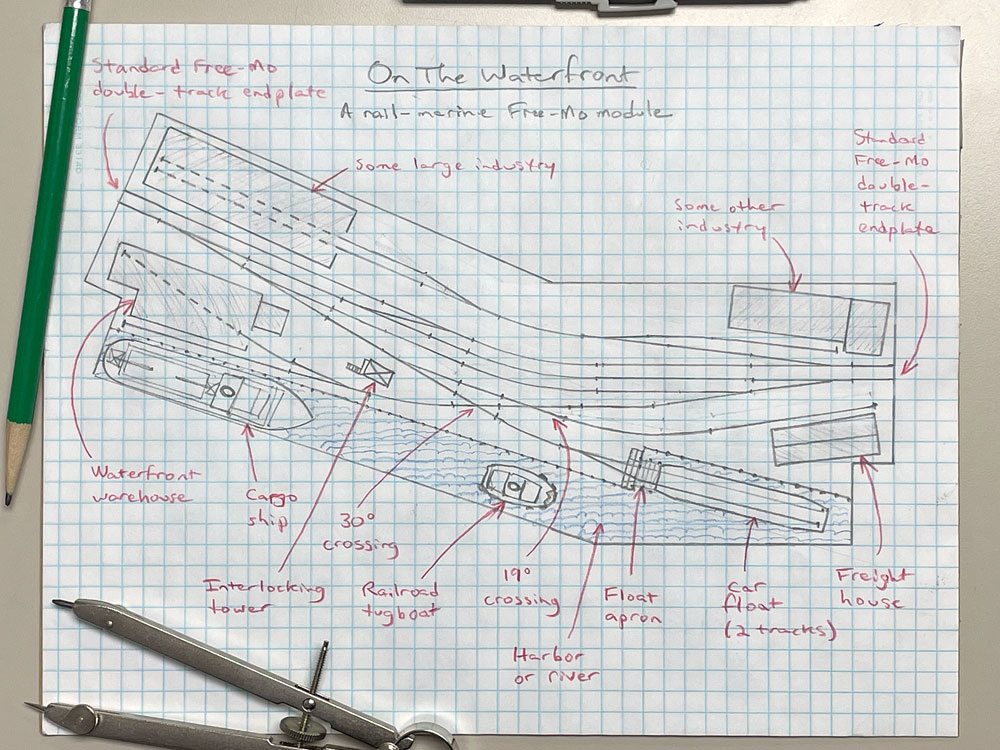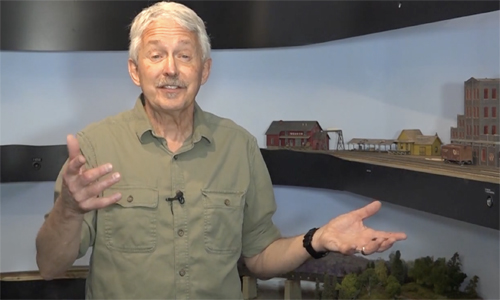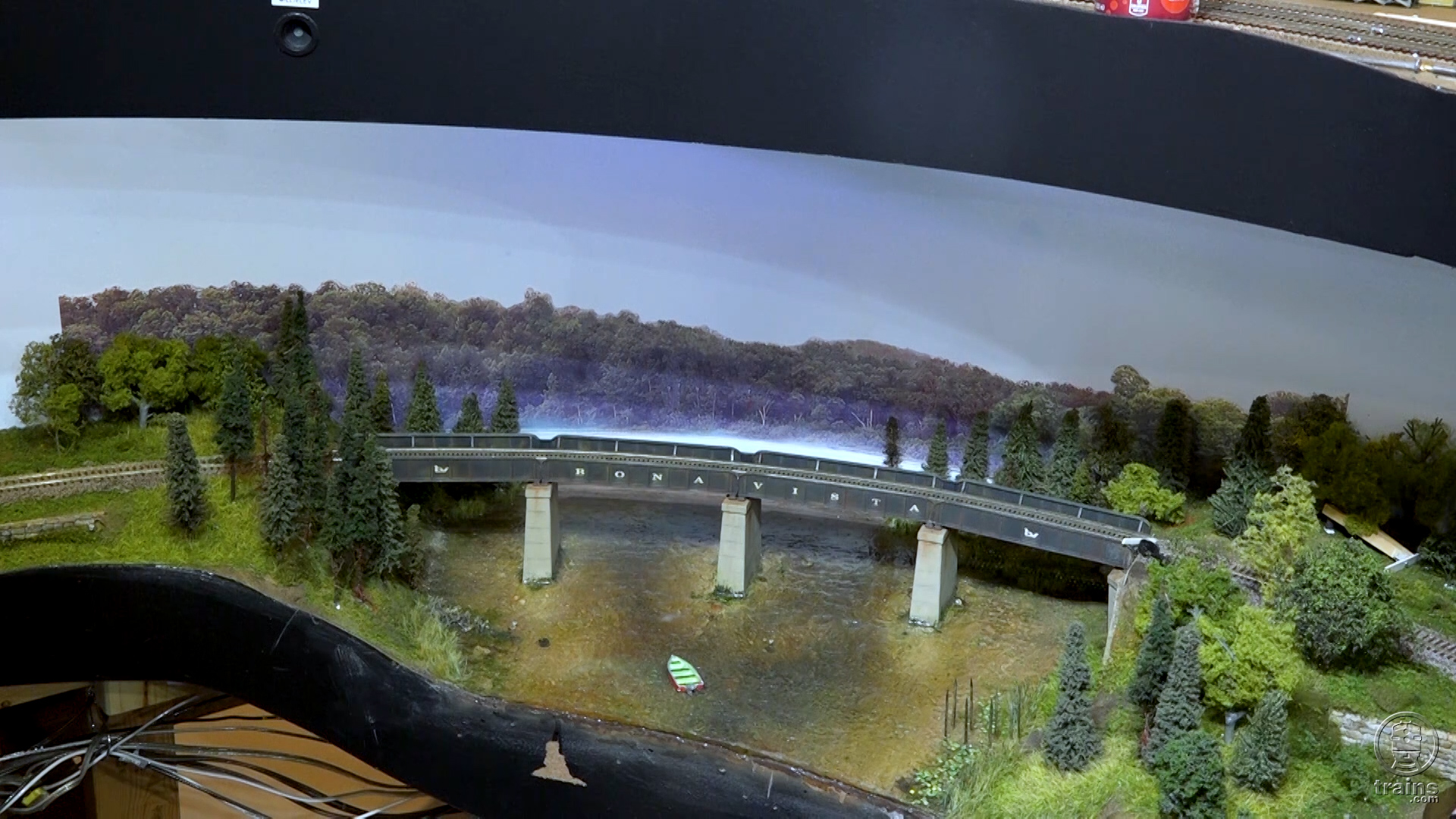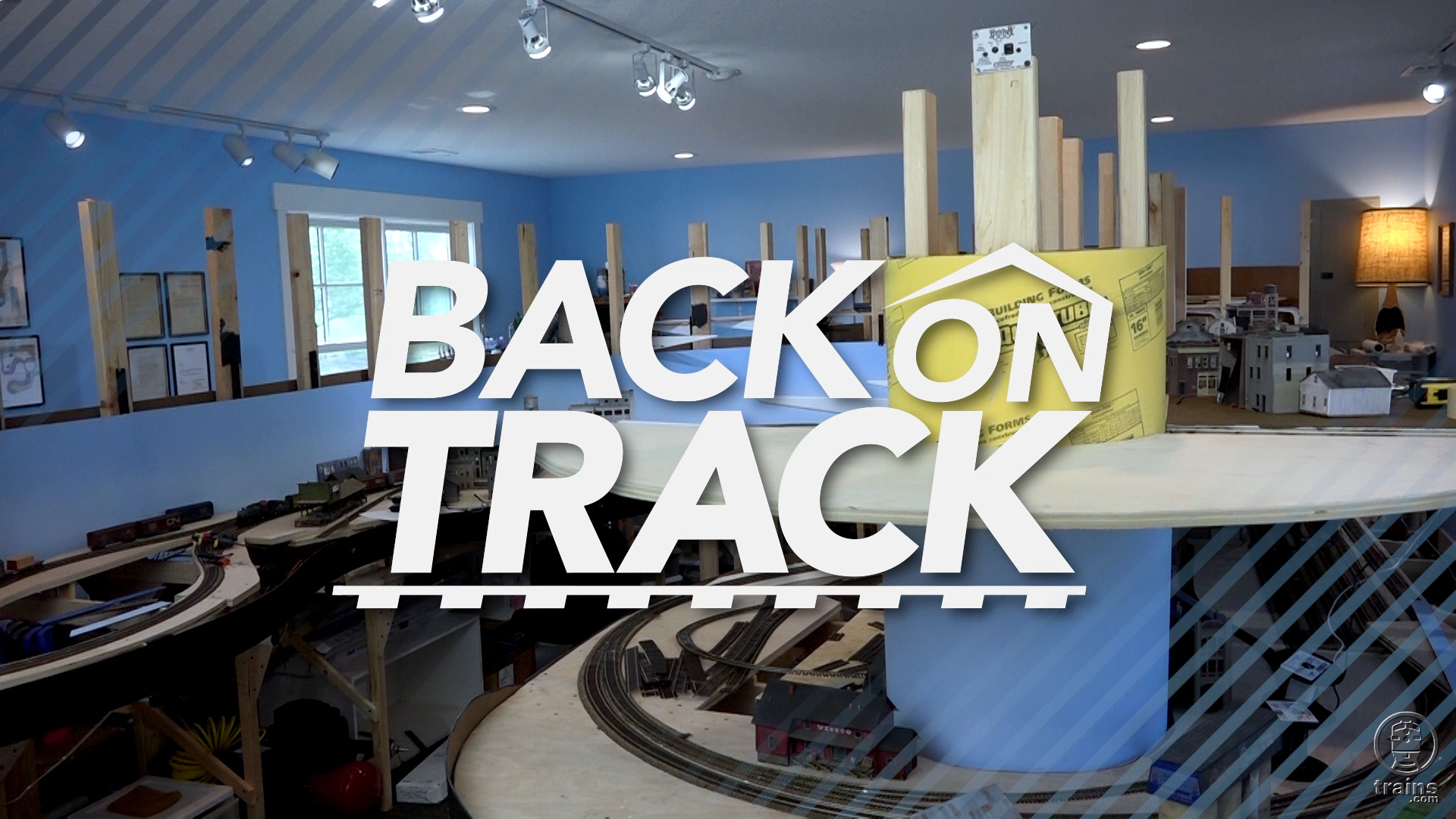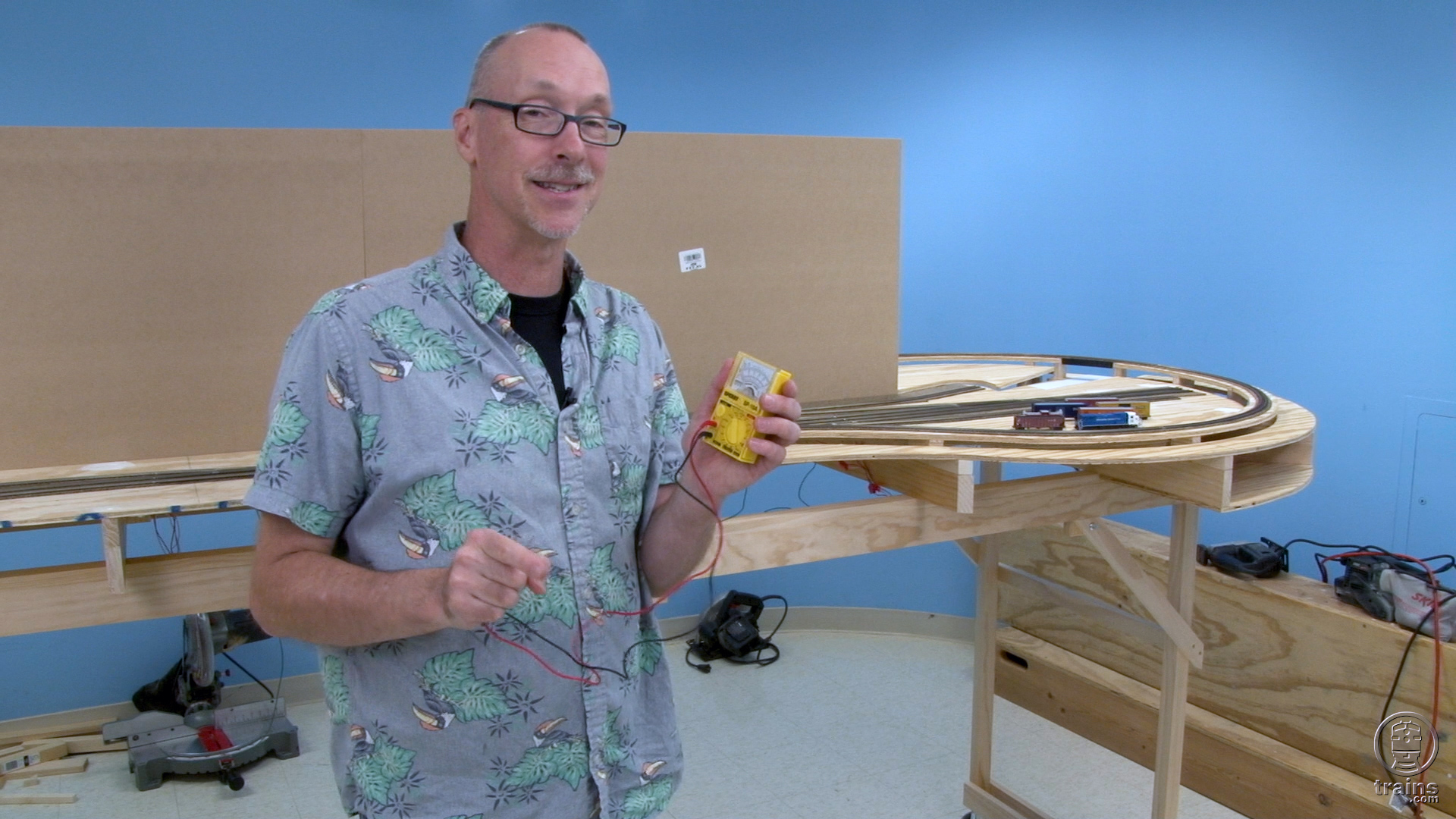In this episode, Host Gerry Leone departs from work directly on the layout itself. Instead, he shares his techniques for customizing an HO scale Walthers grain elevator kit into much larger structure for a specific space.
Getting to know Gerry Leone
Back on Track host Gerry Leone is just as clever as he is comedic! But even better, he’s a masterful model railroader who’s knowledgeable in numerous areas of the hobby. In his MR Video Plus/Trains.com series Off the Rails, audiences enjoyed learning many of the helpful tips and techniques he used to assemble various layouts over the years. Exclusive Trains.com video highlights much of his previous Bona Vista Railroad HO scale layout, and even examines specific details of his scenery construction in his Spaces to Places series.
With so many of Gerry’s talents at hand, we wouldn’t want any of them to go to waste! You can be sure to find him lending assistance in the construction of several other Trains.com projects, including work on the O scale (1:48) Olympia Logging Co., the HO scale (1:87) Winston-Salem Southbound, and even the N scale (1:160) Canadian Canyons.
If you’re looking to find some of the tools and supplies Gerry uses in his path to modeling success, look no further than KalmbachHobbyStore.com. There, you’ll be able to further examine and directly purchase products he and other notable model railroaders frequently reference in Trains.com videos!






